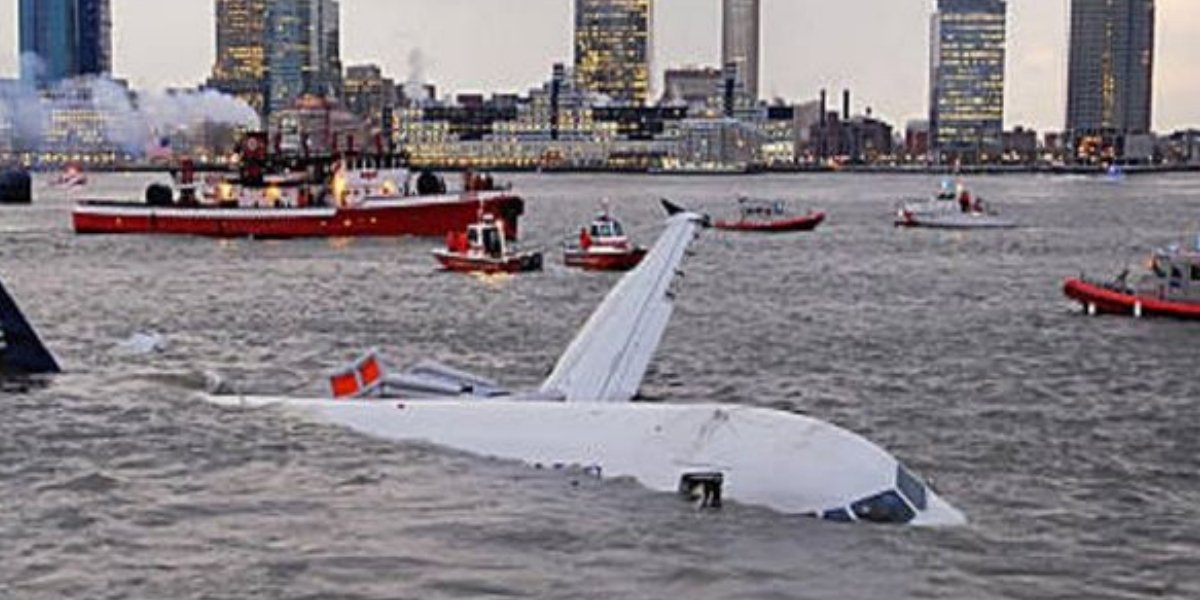The disappearance of Malaysia Airlines Flight MH370 on March 8, 2014, remains one of the most perplexing mysteries in aviation history. Despite extensive search efforts and investigations, the fate of the airliner and the 239 people on board remains unknown.
The flight, en route from Kuala Lumpur to Beijing, vanished from radar screens less than an hour after takeoff. Initial search efforts focused on the South China Sea, where the plane was last detected, but later analysis of satellite data indicated that MH370 had turned sharply off its intended flight path and flown south into the Indian Ocean.

Numerous theories have been proposed to explain the disappearance, ranging from mechanical failure to deliberate action. One prevailing theory suggests that the aircraft’s communication systems were intentionally disabled, and the plane was deliberately diverted off course. However, no concrete evidence has emerged to support this theory, and the motive behind such actions remains unclear.
Another possibility is that the plane experienced a catastrophic event, such as an onboard fire or structural failure, leading to its sudden loss of communication and subsequent crash. While this theory aligns with some aspects of the available evidence, it does not fully explain the deliberate deviation from the flight path.
Despite extensive search efforts, including the largest underwater search in history, no wreckage from MH370 was found for over two years. In July 2015, a piece of wing known as a flaperon washed ashore on Reunion Island, thousands of miles from the search area. Subsequent debris discoveries along the coast of Africa and Indian Ocean islands provided further confirmation that the plane had crashed somewhere in the southern Indian Ocean.
